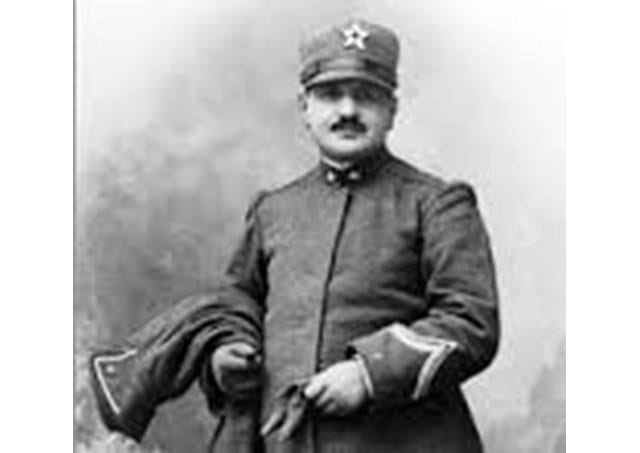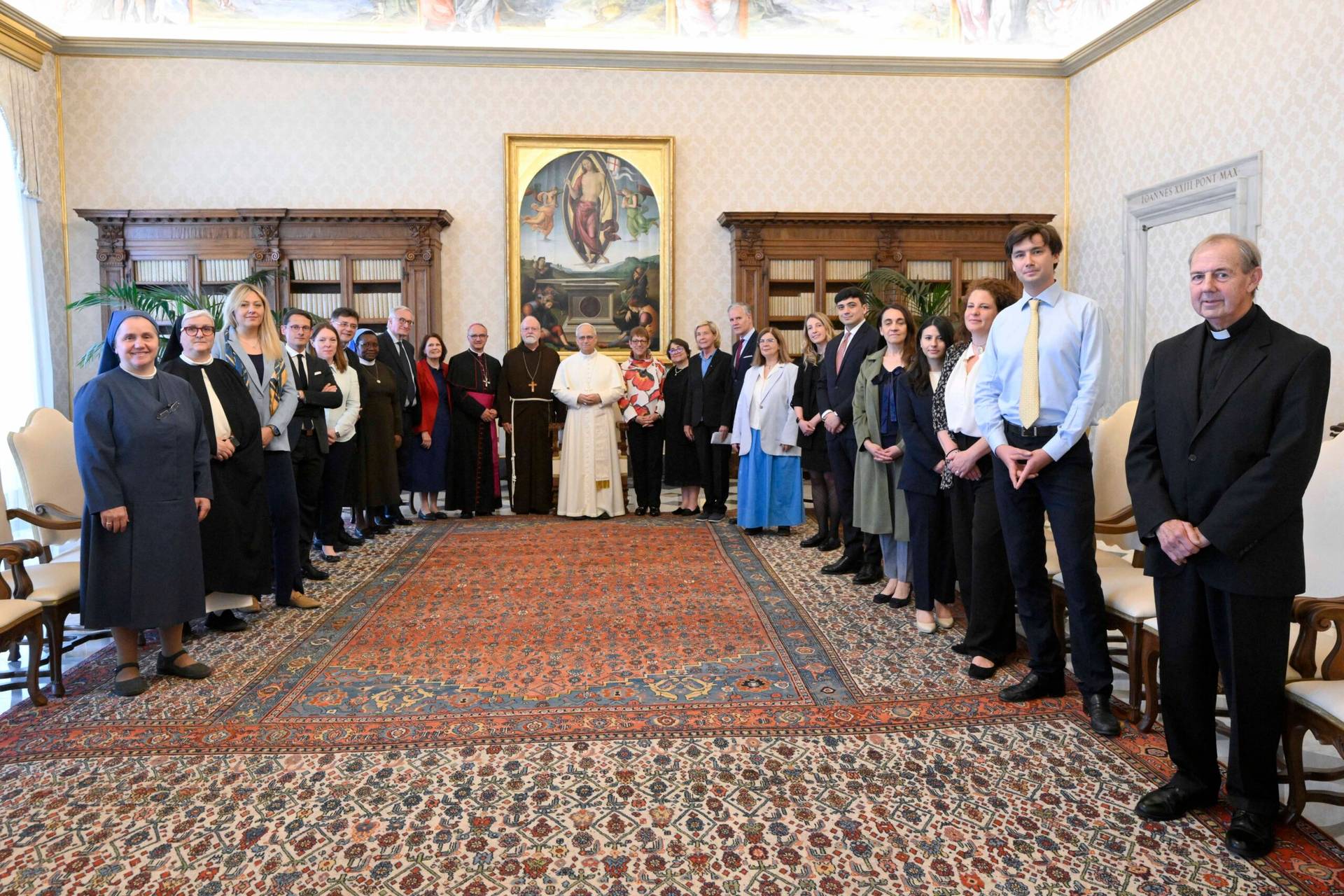ROME – Despite torrential rains that pounded Rome over the weekend, prompting Mayor Virginia Raggi to appeal to people not to leave their homes while entire neighborhoods were temporarily flooded, things were more or less back to normal by the start of the work week – and, anyway, in Rome, some degree of chaos is always sort of normal.
As a result, a striking, but little-noticed, ceremony at the Palazzo Esercito (“Army Palace”) today is still going ahead.
With the usual splashes of both military and ecclesiastical ritual, St. Pope John XXIII – ‘Good Pope John’ of the Second Vatican Council – will be declared the new patron saint of the Italian Army. Archbishop Santo Marcianò, who heads Italy’s military ordinariate and who just returned from visiting an Italian peace-keeping contingent in Kosovo, formally will present a bull to that effect – written in Latin, and issued by the Vatican’s Congregation for Divine Worship and the Discipline of the Sacraments in June – to General Danilo Errico, who holds the lofty-sounding office of “Major Head of State of the Army.”
At first blush, the choice of Good Pope John as a military patron may seem counter-intuitive.
This was, after all, a famed “Peace Pope.” Perhaps the key diplomatic drama during his five-year reign from 1958 to 1963 was the Cuban Missile Crisis in 1962, when John played a small but instrumental role in allowing both U.S. President John Kennedy and Soviet Premier Nikita Khrushchev to point to his appeals as cover for backing down from the brink of nuclear war.
Haunted by how close the world came to annihilation, John devoted the last act of his life to producing the encyclical Pacem in Terris, for the first time addressed not just to bishops and clergy but also to all men and women of good will, making an urgent and passionate case for peace.
What might Good Pope John think, one can’t help but wonder, about being installed as the official patron of an army? As it turns out, actually, there’s every reason to believe he might be fairly pleased.
For one thing, as the bull creating him as patron points out, the young Father Angelo Roncalli, the man who came from peasant stock in Bergamo and would go on to be pope, served in the Royal Italian army during World War I, holding the rank of sergeant and serving in the medical corps as a stretcher-bearer and also as a chaplain to the troops.

The future John XXIII reflected on that service at several points in his diary. On May 23, 1915, for instance, he wrote: “Tomorrow, I leave to take up my military service in the Medical Corps. Where will they send me, to the front perhaps? Shall I ever return to Bergamo, or has the Lord decreed that my last hour shall be on the battlefield?”
As it turns out, he did most of his service in Bergamo. Roncalli continued to work with veterans after an armistice was signed ending the war, assigned by his bishop to assist young clerics who were returning home from the front lines.
In his diary, he summed up the war experience as “a world full of agony.”
“I call to mind all those young souls I have come to know during those years,” he wrote, “many of whom I accompanied to the threshold of the other life; the memory of them moves me deeply, and the thought that they will pray for me is comforting and encouraging.”
As a result, if John XXIII were in the Palazzo Esercito on Tuesday watching himself be named the new patron, he’d probably have those “young souls” in his heart and smile.
More fundamentally, John XXIII undoubtedly would applaud the symbolic statement the army is making by having him as its patron – that ultimately, the aim of the Italian armed forces isn’t to make war, but to build peace.
Italy is not a nuclear power, and its military does not conduct offensive operations, with its role today limited to peace-keeping and humanitarian missions. Although Italy did contribute 3,200 troops under conservative Prime Minister Silvio Berlusconi to the 2003 U.S.-led invasion of Iraq, for instance, so strong was public revulsion against the war in Italy that Berlusconi was forced to limit them to a non-combat function, instead contributing to reconstruction and peace-keeping after the conflict.
When 19 Italian soldiers and military police were killed in a terrorist attack on their headquarters in Nasiriya, Iraq, in November 2003, they became national heroes and were given a state funeral.
In other words, one could make a strong case that the Italian military ticks most of the boxes for what the Catholic Church would regard as a “just war,” meaning a use of force for good ends and using proportionate means.
Pope Benedict XVI, in one of his annual talks to an international conference of military chaplains, laid out a vision of that kind of military service.
“I think, in particular, of the exercise of charity by a soldier who rescues victims of earthquakes and floods, as well as refugees, putting his own courage and competence at the disposition of the weakest,” Benedict said.
“I think of the soldier who clears land mines in theatres of war, at great personal risk and danger, as well as the solider who, taking part in a mission of peace, patrols cities and territories so brothers don’t kill each other.”
For the most part, that describes what Italian soldiers spend their time doing these days – and that, almost certainly, is a cause for which St. John XXIII would be delighted to serve as patron.


















